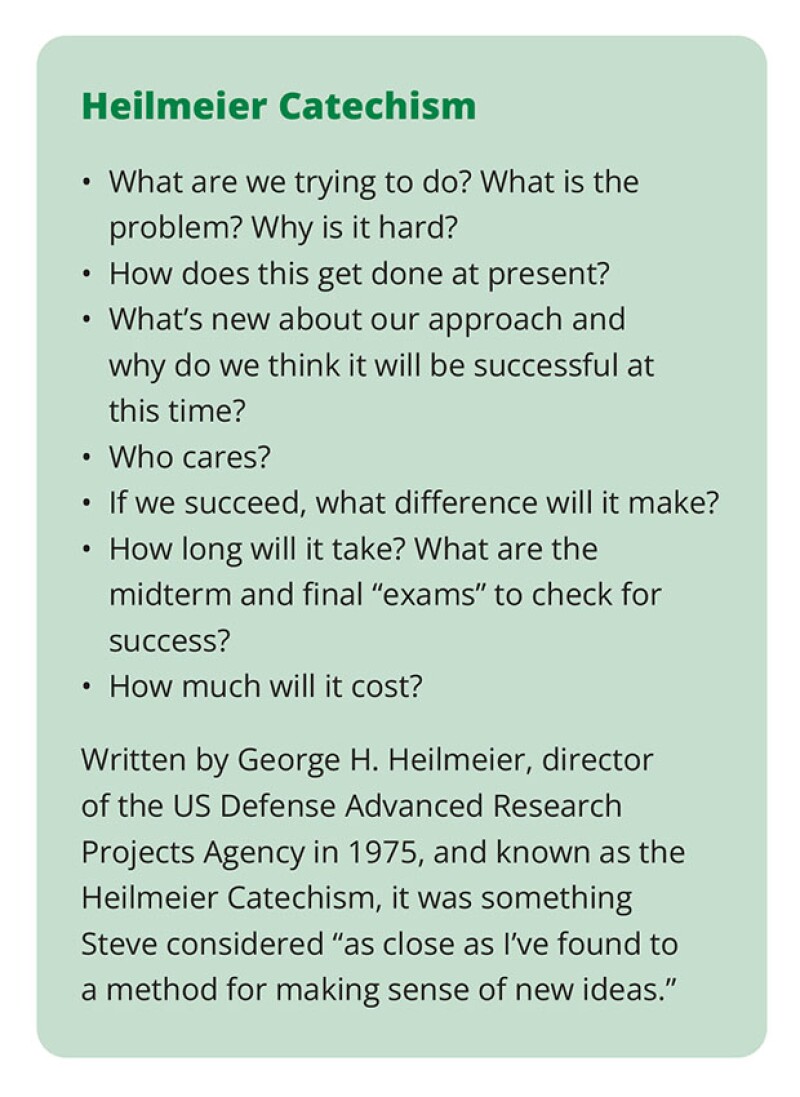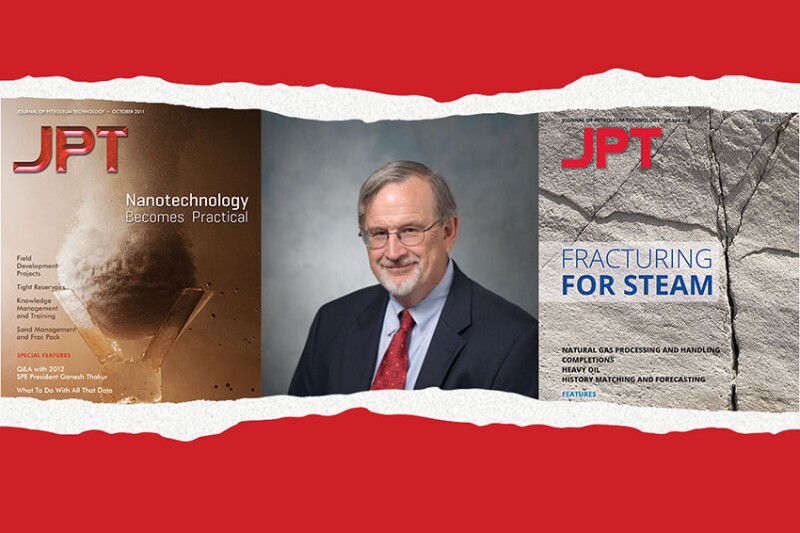After more than a decade of upstream reporting and storytelling, the staff at JPT is saying goodbye to a valued member of our small club. Stephen Rassenfoss—known to us and many of his closest sources as Steve—retired in September from his role as emerging technology senior editor.
Since joining JPT in 2010, Steve has penned hundreds of articles, delivering fresh, candid insights into the niche world of upstream innovation. His work chronicled a wave of early‑stage technologies—some that would eventually break through to commercial success, while others fell by the wayside.
Regardless of an innovation’s outcome, Steve’s enthusiastic coverage infused a new energy into our publication and, more importantly, bolstered SPE’s mission of promoting knowledge sharing across the global petroleum engineering community.
Steve brought a perspective shaped by decades of journalism experience, starting his career in 1975 and eventually serving as assistant business editor at the Houston Chronicle. Prior to joining JPT, he was contracted to write internally focused articles for the website of Hess Corp., a role he described as “writing about what engineers do on their better days.”
A visit to the oil company’s North Dakota operations gave him early exposure to the shale revolution that eventually reshaped the global energy landscape. Steve notes this was at a time when a horizontal well with 10 fracturing stages was considered state of the art.
Not long after his first field trip, SPE’s technical directors recognized the need for JPT to create a new position to cover young, fledgling ideas—an exercise that the industry historically struggled with. It was also understood that this role would best be filled by an experienced journalist and Steve was brought on board.

The mandate was simple: write about new technologies in hopes that the increased awareness would allow the best among them to thrive rather than fade from neglect.
“The opportunity to cover emerging technology appealed to me because, after years of editing stories about oil industry finance, management, and regulation, I wanted to focus on the actual process of getting petroleum out of the ground,” he said.
However, the role itself was largely undefined, bringing its own set of challenges—how does one effectively navigate the constant flow of emerging technologies in the oil and gas industry? And how do you distinguish between the esoteric and the truly practical?
Early on, Steve’s approach to reporting was shaped by advice from industry veteran engineer and technologist George King, who provided a frank assessment of using scanning electron microscope images of shale cores to model unconventional well production.
“He sent a wonderfully terse response: ‘Saw a presentation on that. Interested? Yes. Convinced? No,’” Steve recalled. This shaped his editorial philosophy, as he sought to spotlight promising yet underappreciated solutions to real problems faced by engineers.
But Steve noted that oftentimes even the “winners” were not initially considered obvious breakthroughs. This includes Baker Hughes’ dissolving frac ball that relied on nanotechnology—a new buzzword at the time. He described it as “a rare product that emerged from a much-hyped emerging technology.”
He also covered the rise of self-proclaimed “frac geeks,” showcasing how detailed attention to fracturing data could drastically improve success rates. “It was one of many examples that showed how the impact of the story was a function of the credibility of the sources,” shared Steve.
These stories reflect that the most fertile ground for much-needed innovation has in recent years been the North American unconventional oil and gas sector, which gave rise to technologies that have since migrated globally. This surge of new ideas fueled a growing demand for emerging technology coverage in JPT which also happened to result in a close friendship with the author of this piece.
One of Steve’s most-read and favorite articles of his time at JPT offered everyday wisdom during the big data boom: “It was based on the advice of a lunchtime conference speaker to not let your boss see you using Microsoft Excel,” he recalled, adding that it was “as close to funny as we get in JPT.”
Steve also provided some of our most important and nuanced coverage of drilling technology, something he said was fueled in part by the enthusiasm of the members of SPE’s Drilling Systems Automation Technical Section (DSATS).
His understanding of drilling challenges led him to focus on how a new wave of geothermal startups and research groups are using oil and gas technology to generate renewable power from the subsurface. He noted that this work “led to many other questions—all pointing to how little has been reported on the reservoir engineering of it all.”
Steve traces his passion for innovation back to his father, a metallurgist who led new technology development for a steel company near Chicago. He recalled how many of the innovations his father helped create were often overlooked by the company and instead licensed to others who realized their value. This experience gave him “a glimpse of both the rewards and challenges of the process.”
As he steps away from JPT and serving the industry, Steve emphasizes the relationships forged and the intellectual stimulation of his work.
“When working for JPT, or any publication, there is the bond with a small team of people that comes from sharing this more or less impossible job of trying to accurately describe how things work in the real world,” he shared. “The conversations with experts for stories—at the very least, there is the satisfaction of getting the interviews needed to gather the insights that make good stories possible. At their best, though, they are an education and a pleasure.”
Looking ahead, Steve has ideas that include taking up photography in Galveston, Texas, where he recently moved and said he is reading a book about how to be a more efficient lap swimmer.
“I’ve imagined what I could do if I had more time,” he said. “Now it’s time to start doing the hard work of trying to do something new.”

Editors Note: As Steve heads off into retirement, he will be missed by SPE and the JPT team. He has been like a treasure hunter, uncovering hidden gems at conferences, in the thousands of technical papers he has read, and in his thousands of interviews with SMEs. His talent for spotting what makes a piece truly shine and his ability to find those unique components that take our work to the next level have been a gift to JPT.
I’m sure Steve will still be finding unique qualities in everything, whether it’s a book, a recipe, or even the sand patterns on the beaches of Galveston, Texas.
I wish him all the best, plenty of fun, and exciting new discoveries in this next chapter.
—Pam Boschee, SPE Director of Magazines


